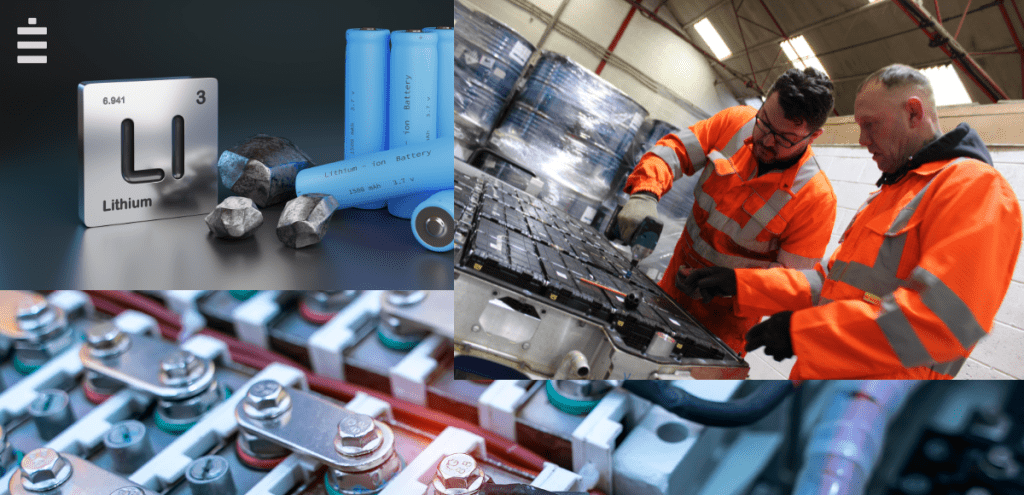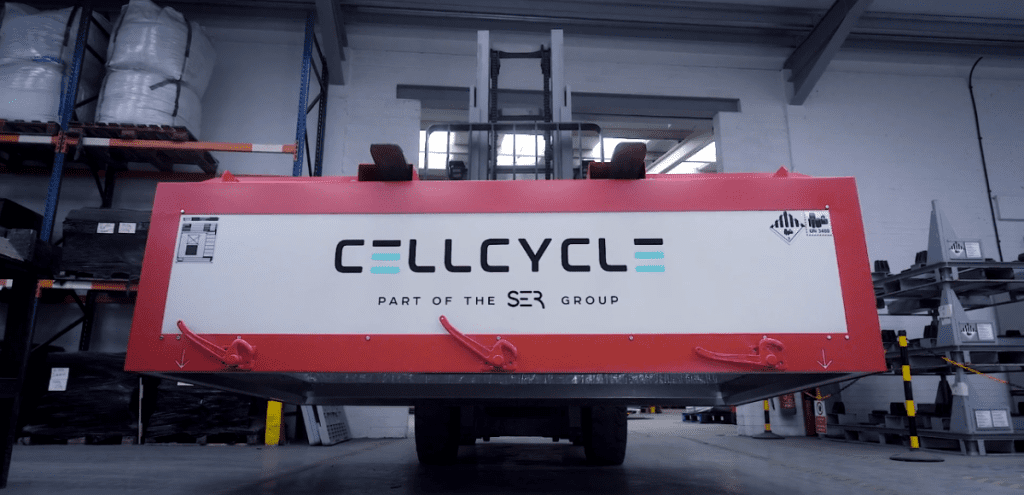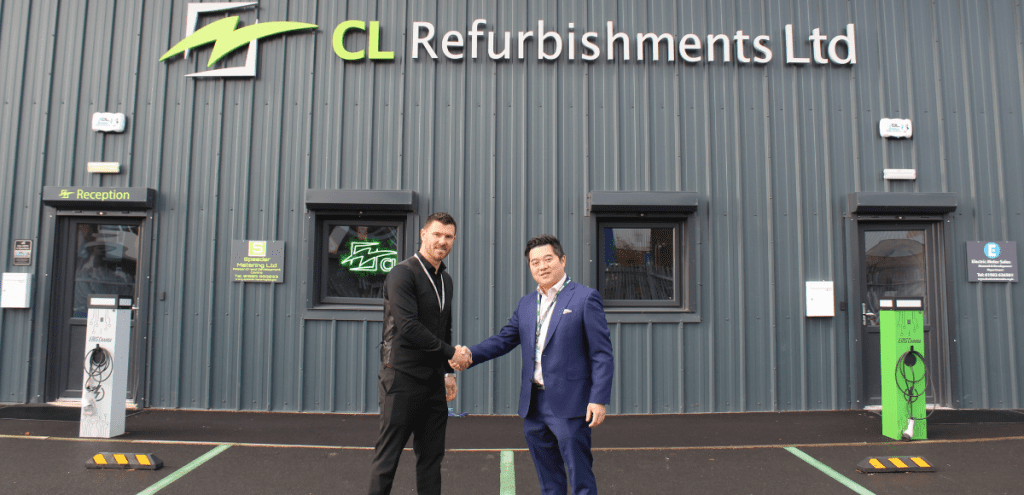Lithium-ion batteries are the most widely used type of rechargeable battery, available in various sizes and designs, yet they operate on uniform principles. Each battery comprises multiple cells, each responsible for generating electricity. Within each cell, key components include an anode layer, a cathode layer, and a separator—all immersed in a typically liquid electrolyte. These elements are assembled by stacking or rolling them into a casing, commonly constructed from steel or a mix of aluminium and polymer.
The batteries are categorised based on the chemical composition of their cells, especially the cathode materials, which include:
Lithium Cobalt Oxide (LCO)
Lithium Nickel Cobalt Aluminium Oxide (NCA)
Lithium Iron Phosphate (LFP)
Lithium Nickel Manganese Cobalt (NMC)
Lithium Manganese Oxide (LMO)
Lithium Titanate Oxide (LTO)
These various chemistries affect many performance aspects of the batteries, such as energy output per charge, discharge rates, stability, recharge times, and lifespan. This makes certain types more suitable for specific applications—for example, Lithium Cobalt Oxide is often used in consumer electronics, whereas Lithium Nickel Cobalt Aluminium Oxide is preferred for electric vehicle batteries.
The complex composition of these batteries includes critical materials like lithium, nickel, cobalt, manganese, graphite, iron, and copper and aluminium foils, alongside a typically flammable electrolyte. According to the United States Geological Survey’s 2022 list, many of these substances are considered critical minerals, essential to national security and the economy.
In applications demanding high energy, such as in electric vehicles, battery packs may consist of hundreds or thousands of cells grouped into several modules. This modular structure demonstrates the industry’s capability to tailor energy solutions to specific requirements, where the term “battery” can refer to a single cell, a module, or an entire pack.
Sustainable Recycling with Cellcycle
As one of the UK’s leading lithium-ion battery recyclers, Cellcycle plays a pivotal role in the lifecycle of these batteries. At the end of their useful life, rather than becoming hazardous waste, batteries can be sustainably processed through lithium-ion battery recycling efforts by Cellcycle. Working with our refinery partners, we focus on reducing the need for new raw material extraction and minimizing environmental impact. This process ensures that valuable materials are reclaimed and reused, reinforcing the principles of the circular economy. Cellcycle provides a complete recycling route for your end-of-life lithium-ion batteries, supporting the transition towards more sustainable energy usage.
Understanding the design and diverse chemistry of lithium-ion batteries is crucial for recognising their wide-ranging applications and essential role in modern technology and energy solutions. Our work at Cellcycle helps ensure the sustainability of this indispensable technology, pushing us towards a healthier, more sustainable future. Join us in our mission to advance sustainable energy solutions and reduce environmental footprints, making the planet a better place for future generations.


